#otto rippert
Text
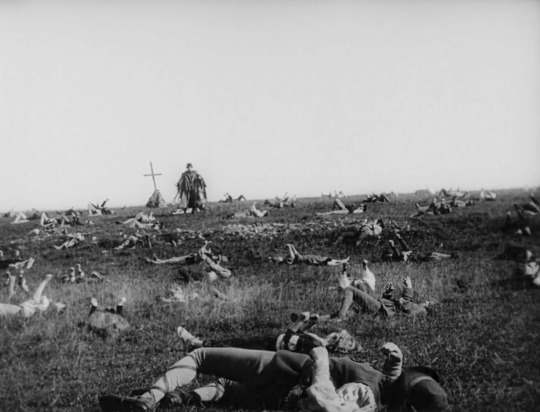

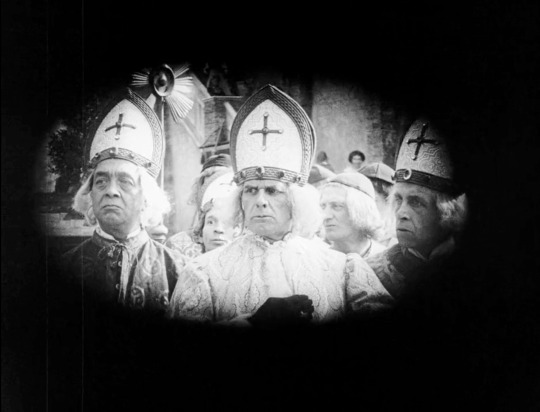
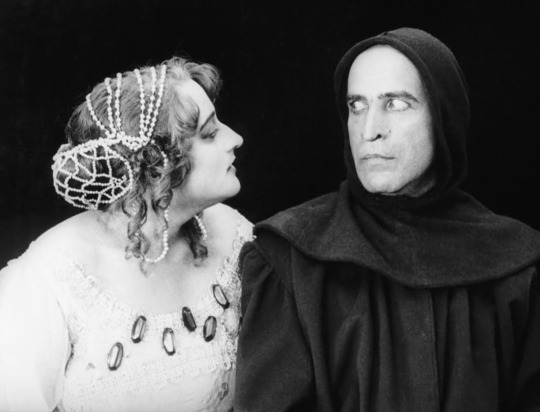

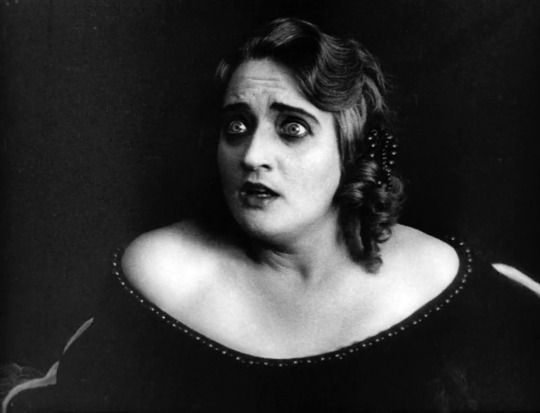
The Plague in Florence (1919)
#my screencaps#the plague in florence 1919#Pest in Florenz#Otto Rippert#1910s films#didn't realize this was the Homunculus director. huh#anyway. pretty basic plot but well shot
3 notes
·
View notes
Text


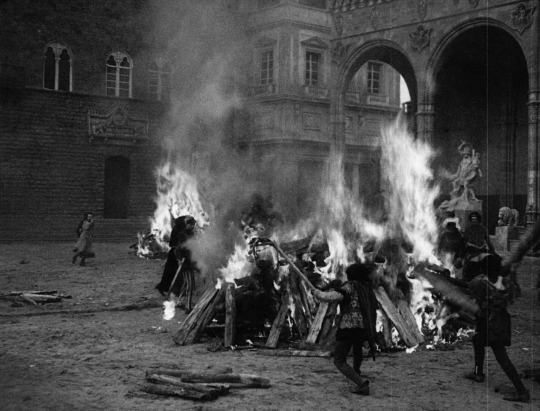



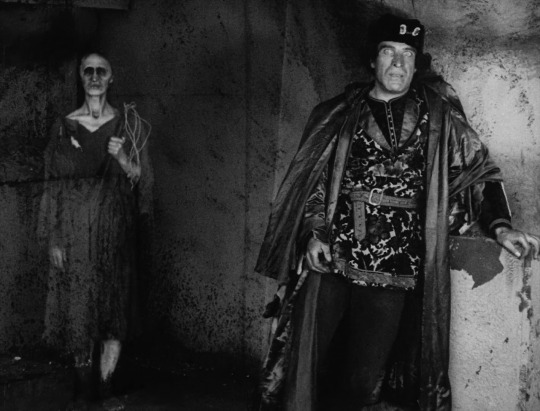

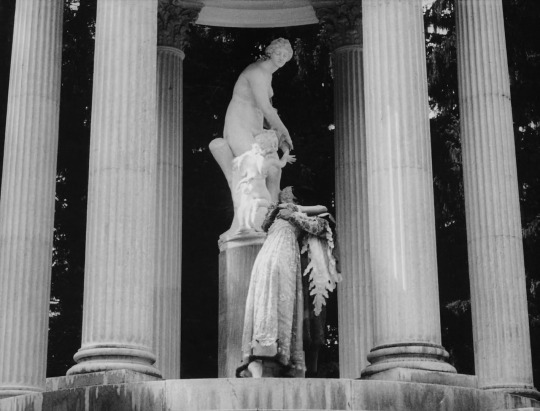

Die Pest in Florenz (Otto Rippert, 1919).
#pest in florenz#otto rippert#julietta brandt#willy hameister#carl hoffmann#emil schünemann#franz jaffe#die pest in florenz
5 notes
·
View notes
Photo
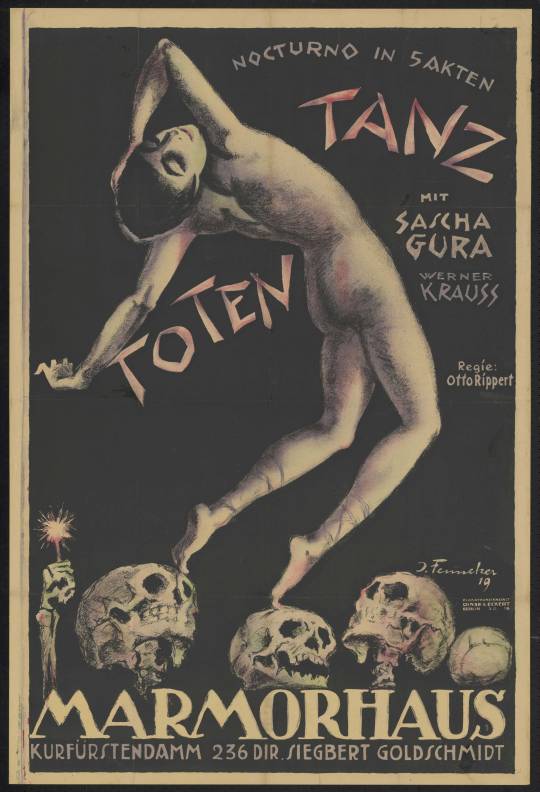
Plakat zu dem Film Totentanz, 1919 | Poster for the film Totentanz (Dance of Death), Germany, 1919, directed by Otto Rippert, by artist Josef Fenneker. | src Deutsche Kinemathek
view on wordPress
#bending backwards#death dance#german cinema#Josef Fenneker#movie poster#nude dancer#otto rippert#dance#skull#totentanz#dance of death#skulls#dancer#1910s#German Expressionism
52 notes
·
View notes
Text
“The most convincing account of the visual conception of Das Cabinet des Dr. Caligari remains that of chief designer Hermann Warm. Writing in the 1960′s, when he and Lil Dagover were the only survivors of the film, Warm was apparently impelled to set down his recollections out of irritation at the accumulation of legend and competing claims of authorship.
Warm had no doubt that production credit for the film belonged to Rudolph Meinert, already known as an actor and director when he took over from Pommer as production head of Decla between mid-1919 and mid-1920 - a period which embraced the entire production and release period of the film (and a reasonable explanation for Pommer’s absence from the production). Das Cabinet des Dr. Caligari, says Warm, represented the high point of Meinert’s career: ‘I would like at this point to thank production leader Meinert, for producing the Caligari film despite the opposition of a part of the management at Decla.’
In the autumn of 1919, Warm had just finished his work as designer of Fritz Lang’s Die Spinnen, which preceded Caligari in Decla’s Lixie-Atelier at Weissensee. Meinert handed him the screenplay of Caligari in the presence of Robert Wiene - it was the first time the designer and director had met - and asked him to come back the following day with proposals for the design. Reading the script the same afternoon, Warm found that ‘the strange atmosphere of this very unusual script inspired me more and more...The film images had to be removed from reality, had to have a fantastic graphic style.’ Warm consulted with (Hans) Reimann and (Walter) Rohrig, painters who had recently been working with him, also in the Lixie-Atelier, on Otto Rippert’s Pest in Florenz, written by Fritz Lang. The collaboration had worked out well: the critics wrote that someone who knew Florence well might believe that they were seeing the real thing, not studio sets. Warm recalled that the three of them spent much of the night reading and discussing the Caligari script:
Finally Reimann, whose paintings followed the technique of the expressive artists, won me round to his opinion that this theme called for an Expressionist style in decor, costume, acting and direction.
The painters spent the rest of the night roughing out designs in the Expressionist style, which they presented the following day to Wiene and Meinert. Warm recalled that Wiene approved instantly, but Meinert asked for twenty-four hours to think about it. The following day he too gave his approval, persuaded by cynical pragmatism rather than aesthetic ideals:
He wanted the style and production to appear crazy...as crazy as could be. The film would then be a success as a sensation, regardless of whether the press turned out negative or positive, whether the critics killed it or praised it as art - either way the experiment would profit.
The decision thus made, the artists set to work. Warm recalls that the designs and ordering of construction, costumes and props took a week and a half or two weeks. So far as possible sets were prepared to permit the film to be shot in story sequence. Shooting began at the end of December 1919 and lasted till the end of January 1920.”
-David Robinson, “Das Cabinet des Dr. Caligari”
#mine#film#lit#literature#history#quotes#The Cabinet of Dr. Caligari#Das Cabinet des Dr. Caligari#Hermann Warm#german expressionism#expressionist
8 notes
·
View notes
Video
Eva Speyer da Truus, Bob & Jan too!
Tramite Flickr:
German postcard. Photo: Alex Binder. Eva Speyer (1883-1932 (?)), also known as Eva Stöckl Speyer, was a German actress, who appeared in more than seventy films from 1911 to 1932. Eva Speyer was born Eva Esther Speier in 1883 in Berlin, Germany. She was the daughter of the stockbroker Fedor Speier and his wife, the milliner Wilhelmine, née Mahn. Eva received her training as an actress at the Marie Seebach School and made her debut in Hirschberg in 1904. In 1905 she appeared in Posen and from 1906 to 1908 at the Schauspielhaus Düsseldorf. In 1908 she embarked for America and appeared on stage in Milwaukee and in 1909 in New York. In November 1910 she returned to Germany and played at Berlin stages such as the Lessingtheater, Trianon-Theater, and the Kleines Theater. She got in touch with the film business by chance. During an engagement at the Lessingtheater, she was asked by Paul Otto to play in the silent film Nora (1911). The new medium film was becoming commercially successful in Germany. Thomas Staedeli at Cyranos: "She viewed the new medium as a welcome extra income without artistic challenge. When the technological basis improved considerably she changed her attitude to the film and saw the possibility to make the art accessible to the audience in an easy way." In the next years, Speyer developed into one of the first stars of the German silent cinema. She played suffering women in such short melodramas as Die gelbe Rasse/The yellow breed (Max Mack, 1912), Dämonen der Tiefe/Demons of the Deep (Harry Piel, 1912), and Zwischen Himmel und Erde/'Tween Heaven and Earth (Otto Rippert, 1913) with Ernst Rückert. During World War I, Eva starred in films like Der Geisterseher/The Ghost Seer (Waldemar Hecker, 1915), Der Talismann/The Talisman (Eddie Seefeld, 1915), Die Flucht des Arno Jessen/The Flight of Arno Jessen (Richard Eichberg, 1917) starring Ernst Rückert, and Es werde Licht! 2. Teil/Let there be light. Part 2 (Richard Oswald, 1918). She played the female lead in the silent Science-Fiction film Die Arche/The Ark (Richard Oswald, 1919) starring Leo Connard. It is a two-part German epic about a near future in which civilisation has been destroyed. From the 1920s onwards, Eva Speyer's days as a star were over but she proved her talent as a character actress in many well-known films. These included § 182 minderjährig/Paragraph 182 (Ernst Winar, 1927) starring Colette Brettel, Dirnentragödie/Tragedy of the Street (Bruno Rahn, 1927) starring Asta Nielsen, and Unter der Laterne/Under the Lantern (Gerhard Lamprecht, 1928) starring Lissy Arna. In the drama Jugendtragödie/Tragedy of Youth (Adolf Trotz, 1929), she played a washerwoman, whose son (Roland Varno) is sent to a reform school for a minor crime. He breaks out and commits a murder. During the sound era, Speyer appeared in three more films, Namensheirat/Marriage in Name Only (Heinz Paul, 1930) with Evelyn Holt, the comedy Ich bleib bei Dir/I stay with you (Johannes Meyer, 1932), and the drugs drama Der weisse Dämon/The White Demon (Kurt Gerron, 1932) starring Hans Albers. Speyer was initially married to the actor Otto Stöckl and was therefore also known as Eva Speyer-Stöckl. In 1918, she was married to merchant Robert Ebert in her second marriage. About what happened to her after 1932, the sources differ. According to German Wikipedia, she was completely excluded from public culture because of her Jewish descent after the National Socialists came to power in 1933. and probably emigrated a short time later. However, Italian Wikipedia quotes IMDb that indicates that the actress died in 1932 at the age of 50. Where is unknown. Filmportal.de confirms this date. Sources: Thomas Staedeli (Cyranos), Filmporttal.de, Wikipedia (English, German and Italian), and IMDb. And, please check out our blog European Film Star Postcards.
#Eva Speyer#Eva#Speyer#German#Actress#Actrice#European#Film Star#Film#Cinema#Kino#Picture#Screen#Movie#Movies#Filmster#Star#Vintage#Postcard#Carte#Postale#Cartolina#Tarjet#Postal#Postkarte#Postkaart#Briefkarte#Briefkaart#Ansichtskarte#Ansichtkaart
4 notes
·
View notes
Photo
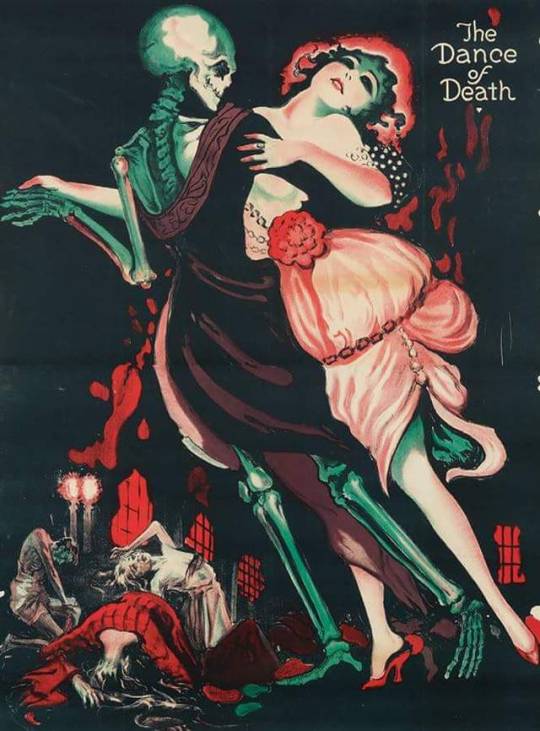
Illustration by Josef Fenneker for the movie The Dance of Death (Totentanz) by Otto Rippert, 1919
4 notes
·
View notes
Text
Who’s ready to dig into Kino Lorber’s mammoth Fritz Lang box set? It’s twelve discs of German cinema directed and written by Lang.
As always, thanks to Kino for the review copy.
The box is available now. There is no DVD edition but all of the films can be purchased separately on DVD from Kino. (The only exception is The Plague of Florence, which is a box set exclusive. Lang did not direct but he did write the screenplay.)
This is a region A Bluray set, so be sure you can play this region if you live outside of the Americas or parts of Asia.
The Films
The box includes a 32-page booklet and a book-like case with each Bluray in a cardboard sleeve embedded in the page. (See video above.) Because this set is so huge, I decided to break things up by film.
I cropped out the pillarboxes and resized the screencaps to reduce load time (this is a HUGE box) but have not otherwise altered them. To save room, I have displayed the images in galleries. Click on any image to enlarge.
The Spiders (1919)
Lang’s attempt at a Feuillade-like serial. The score is by Ben Model and the disc contains both chapters in the series.
Harakiri (1919)
Lang’s take on Madame Butterfly. The music is by Aljoscha Zimmermann.
The Wandering Shadow (1920)
An honest-to-goodness melodrama. Included on the same disc as Harakiri. Music by Aljoscha Zimmermann.
Four Around the Woman (1921)
The upper crust and the lower rungs of society mix in this film. Music by Aljoscha Zimmermann.
Destiny (1921)
Often marked as Lang’s true arrival to cinema. Music by Cornelius Schwehr. The extras include an audio commentary and footage demonstrating the restoration process.
Dr. Mabuse, the Gambler (1922)
Fritz Lang continues his descent into Langiness. Music by Aljoscha Zimmerman. We also get a three-part documentary (52 minutes total) on the music, the original novel and the film. On two Bluray discs.
Die Nibelungen (1924-1925)
Both films in Lang’s Wagnerian duo. Music by Gottfried Huppertz. Extras include newsreel footage taken on the set and a documentary on the film and its restoration. On two Bluray discs.
Metropolis (1927)
The One with the Robot. This film includes 16mm footage recovered in Argentina, making it the most complete version to date. Music by Gottfried Huppertz. Extras include a documentary on the film, plus an interview with the curator of the Argentinian archive where the missing footage was found.
Spies (1928)
Espionage galore in this picture, so points for accurate titling. Music by Neil Brand. Extras include a documentary on the film and the original German theatrical trailer.
Woman in the Moon (1929)
Lang returns to science fiction. Music by Javier Perez de Azpeitia. Also includes a short documentary on the making of the film.
The Plague of Florence (1919)
Lang did not direct but he wrote the screenplay. The film was helmed by Otto Rippert. Music by Uwe Dierksen.
Phew! That’s all of them! The box is co-branded with the Murnau Stiftung, which has been responsible for many excellent restorations of German silents over the years.
The set has a list price of $149.95 but most retailers are offering generous discounts from what I can tell. In any case, the per-disc price is pretty good, so this is a nice excuse to bite the bullet and expand your German cinema collection. You can learn more and order the film here.
This is an excellent gift for the film nerd in your life and I can also see it appealing to sci-fi/fantasy geeks given Lang’s enormous influence on the genres.
***
Like what you’re reading? Please consider sponsoring me on Patreon. All patrons will get early previews of upcoming features, exclusive polls and other goodies.
Unboxing the Silents: Fritz Lang, the Silent Films 12-Bluray Set Who's ready to dig into Kino Lorber's mammoth Fritz Lang box set? It's twelve discs of German cinema directed and written by Lang.
3 notes
·
View notes